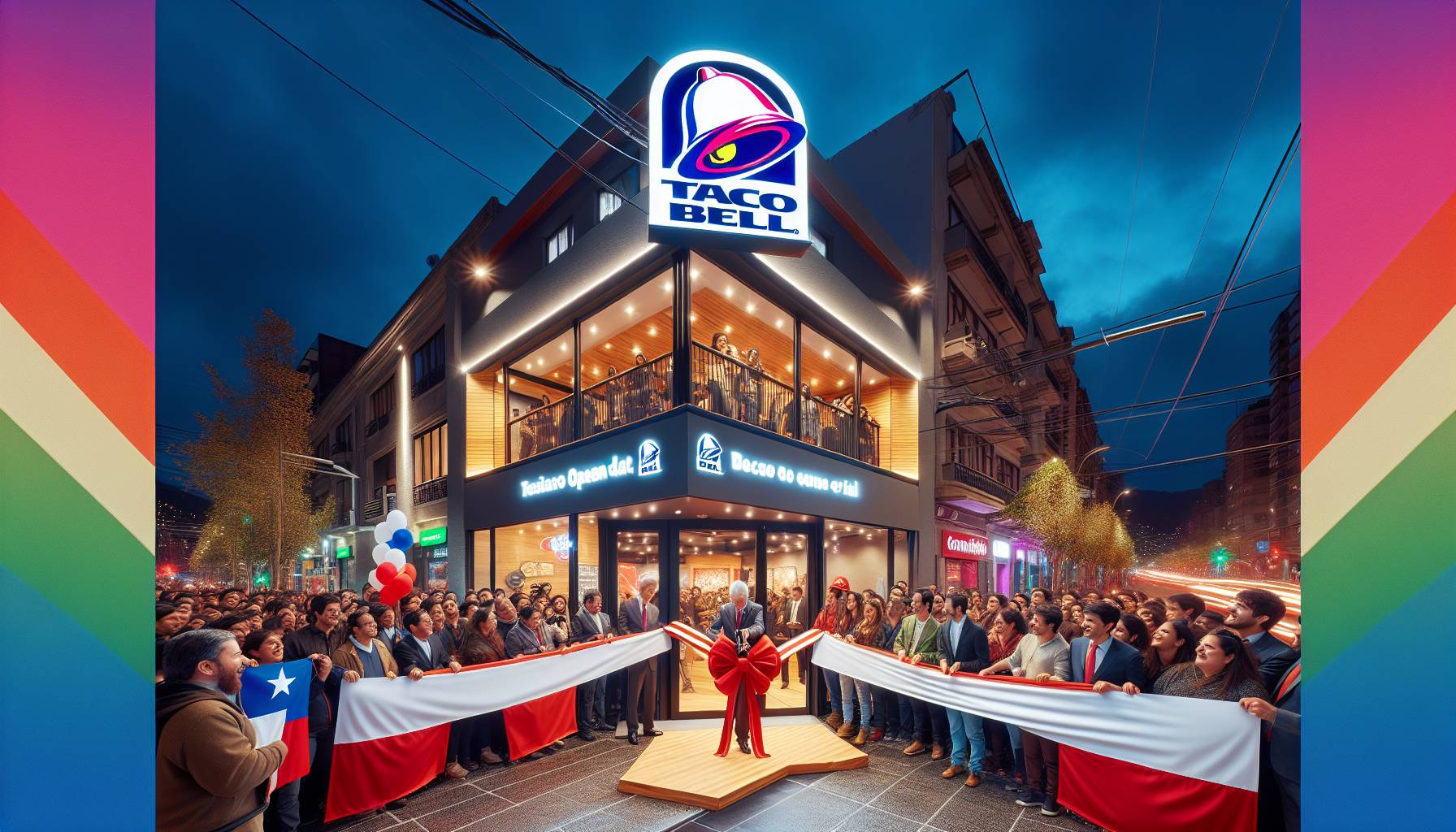
jennifer lopez’s fashion initiative and the unforeseen pandemic
Let’s revisit February 2020, a pivotal moment when global superstar Jennifer Lopez, renowned for her contributions to music, film, and fashion, unveiled her JLO Jennifer Lopez collection in collaboration with Designer Brands. This line, emphasizing footwear and handbags, marked a notable step for Lopez, who had long aimed to intertwine her diverse career with the fashion industry.
“From the start of my career, I’ve aspired to encompass everything — music, movies, and fashion,” Lopez expressed at that moment. “There are numerous elements to my career, and that’s what I wished to reflect in my collaboration with DSW.”
It was a period filled with hope and excitement, but few could foresee that just weeks later, everything would change. By March 2020, various governments worldwide, including Australia, implemented stringent lockdowns to contain the spread of Covid-19. The pandemic brought about significant disruptions to daily life and sent tremors through the retail and fashion sectors, leaving many companies struggling to adjust.
Lopez’s initiative, like numerous others, confronted unexpected trials as consumer behavior shifted dramatically. With physical stores shuttered and consumer spending dwindling, the fashion industry swiftly had to pivot to digital platforms and navigate the altered economic climate. The unfortunate timing of the launch, right before the pandemic, meant Lopez’s collection faced these challenging circumstances almost immediately.
As the world wrestled with the fallout from the pandemic, other surprising developments emerged. In 2021, Lopez rekindled her romance with actor Ben Affleck, a reunion that drew international attention. Simultaneously, the financial markets experienced their turbulence, highlighted by the ascent of meme stocks such as GameStop and AMC, propelled by retail investors on platforms like Reddit. The intersection of these occurrences underscored the unpredictability of the era, as personal and financial spheres experienced turbulence.
designer brands encounters challenges amidst meme-stock speculation
Fast forward to 2023, where Designer Brands finds itself in a delicate situation, ensnared by meme-stock speculation and broader economic dilemmas. The company, owner of the well-known Designer Shoe Warehouse (DSW) chain, has been facing lackluster financial outcomes, yet its stock has witnessed unexpected surges reminiscent of the meme-stock craze that captivated audiences in 2021.
Experienced traders and analysts are closely monitoring Designer Brands, noting the company’s disappointing second-quarter results, while its stock has fluctuated wildly. The company’s earnings and sales were down year-over-year, missing market expectations. Compounding the issues, Designer Brands revised its full-year outlook downward, indicating that upcoming months could present challenges. The firm now anticipates net sales growth to be “flat to low-single digits,” a downgrade from the previous forecast of “low-single digits.”
In a recent earnings conference, CEO Doug Howe recognized the struggles but maintained a cautious optimism. He highlighted the back-to-school segment as a positive aspect, emphasizing that it entered the third quarter with momentum due to a broadened range of athletic and athleisure products. Nevertheless, Howe conceded that consumer spending had been more muted than expected, reflecting the broader economic environment where discretionary spending comes under pressure.
For Australian investors, the scenario with Designer Brands serves as a reminder of the volatility prevalent in the retail sector, especially when meme-stock dynamics are in play. The company’s stock has undergone wild fluctuations, leading some traders to speculate it could be the next focus for retail investors seeking opportunities in short squeezes. As of late August, nearly 94% of Designer Brands’ float was held in short positions, a striking statistic that has piqued the interest of market analysts.
Stephen Guilfoyle, a veteran trader, raised concerns regarding the company’s financial stability, referring to its quick ratio — an indicator of a company’s ability to fulfill short-term liabilities — which currently sits at a mere 0.25. Generally, retailers may have some margin due to their inventory-heavy business model, yet Guilfoyle noted that Designer Brands’ cash reserves had plummeted by 21% since February, while inventory had surged by 12.5%. This imbalance could pose significant risks if the company struggles to convert its inventory into cash swiftly.
Despite these warning signs, Designer Brands’ stock experienced a series of recent gains, leaving certain traders puzzled. Guilfoyle speculated that the stock’s latest performance might be the result of short sellers closing their positions, potentially resulting in a “pain trade” for those positioned unfavorably within the market. He indicated that the stock’s 50-day simple moving average was within reach, and breaking above that threshold could incite further upward movement, potentially leading to a meme-stock-like scenario.
For those participating in the Australian market, the takeaway is significant: while short-term trading opportunities may exist for profit, associated risks remain considerable. Meme stocks can be extremely erratic, and as Guilfoyle cautioned, this is not a “set it and forget it” situation. Traders should stay vigilant, establish stop-loss orders, and remain attentive to market fluctuations. The potential for rapid gains is present, but so is the risk of substantial losses.

